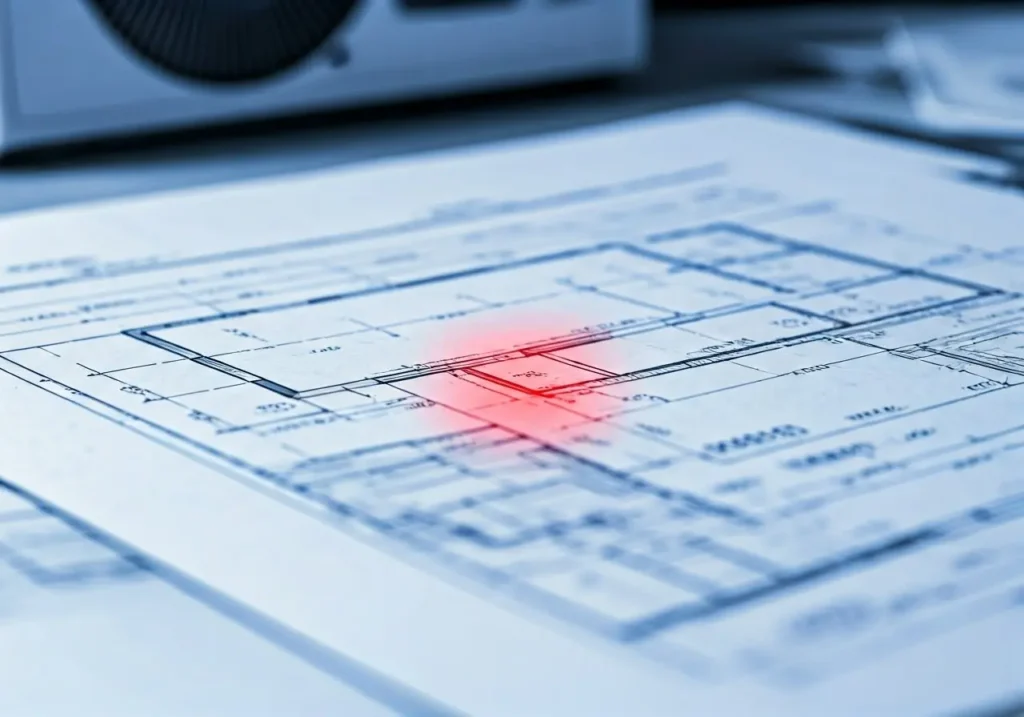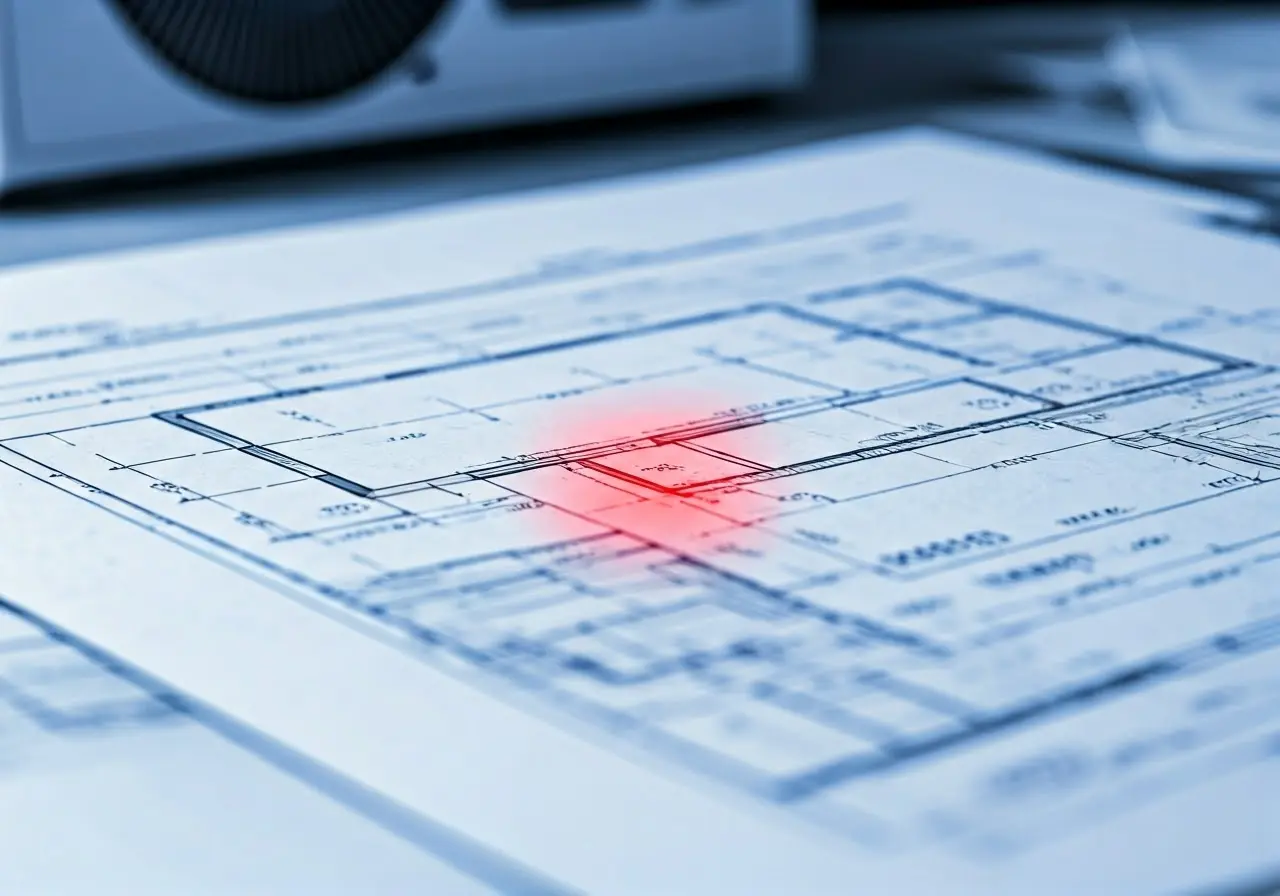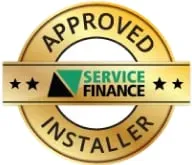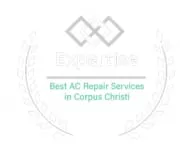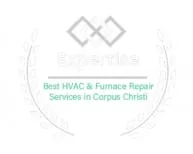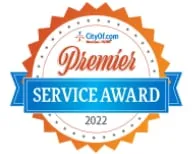Designing an HVAC system can be complex, especially if you’re not familiar with common pitfalls. Let’s explore some mistakes to avoid to ensure your system runs efficiently and effectively.
1. Neglecting Proper Load Calculations
Skipping accurate load calculations can lead to an undersized or oversized system, both of which are inefficient. The consequences of such mistakes aren’t just about comfort, but also about your wallet. An oversized system may cause short cycling, turning on and off frequently, which increases wear and tear. Meanwhile, an undersized system struggles to maintain the desired temperature, running continuously and driving up energy costs. It’s essential to calculate the load accurately, taking into account factors like building orientation, occupancy, and even local climate nuances. For added precision, consulting with an HVAC design professional can help tailor a system that perfectly suits your building’s specific needs.
2. Ignoring Ventilation Needs
Proper ventilation is crucial for air quality and system performance. Don’t overlook it in your design. Without adequate ventilation, air can become stale, leading to potential health issues and discomfort. Ventilation ensures the exchange of indoor and outdoor air, diluting pollutants and controlling humidity levels. In regions where buildings are tightly sealed for energy efficiency, overlooking ventilation can exacerbate issues with indoor air quality. When planning your HVAC system, invest in balanced ventilation strategies such as energy recovery ventilators (ERVs) to maintain optimal air quality while conserving energy. Additionally, incorporating systems that bring in fresh air while expelling stale air can boost comfort and health significantly.
3. Overlooking System Zoning
Zoning allows you to control temperatures in different areas. Ignoring it can lead to uneven heating and cooling. Have you ever felt a stark temperature difference between rooms in your home? This can often be attributed to the absence of zone controls. Zoning divides the space into areas or ‘zones’ with separate thermostats, allowing for targeted heating or cooling. This not only enhances comfort but also promotes energy efficiency by only conditioning occupied spaces. Implementing zoning systems can be particularly beneficial in multi-story buildings or homes with large, open areas. For those seeking advanced control, integrating smart thermostats allows for dynamic management of each zone, maximizing efficiency and comfort.
4. Improper Ductwork Design
Poor duct design can hinder air flow and reduce system efficiency. Ensure ducts are properly sized and sealed. Incorrectly designed ductwork can lead to issues such as uneven temperature distribution and increased energy bills. Long duct runs or multiple sharp bends create resistance, causing the blower to work harder and consume more energy. Seal ducts with mastic or metal, rather than duct tape, for a long-lasting solution that minimizes leaks. Moreover, avoid placing ducts in unconditioned spaces like attics, where possible, to reduce energy loss. According to some experts, ensuring precise ductwork design early can mitigate these costly issues and enhance overall system performance Improve Air Conditioning.
Furthermore, ductwork often requires proper support and positioning to ensure airflow is smooth and unobstructed. Flex ducts, although easier and cheaper to install, can create problems with airflow if not properly supported, leading to pinching or sagging. To avoid this, appropriate brackets and hangers should be strategically placed. Choices regarding duct materials can heavily influence air quality and noise levels, with options ranging from flexible plastic ducts to rigid metal or pressed fiberglass duct boards for quieter operations. Consulting with HVAC experts, who can customize design options to suit your specific contexts and requirements, will ensure your ductwork is designed for optimal performance.
5. Not Accounting for Climate Variations
Designing without considering local climate can result in a system that doesn’t meet seasonal demands. Climate variations significantly influence HVAC needs. For instance, a system designed for a humid subtropical climate might underperform in a dry continental region. Systems must be adaptable, providing heating during chilly months and efficient cooling during hotter periods. An understanding of local climate factors, such as average temperatures, humidity levels, and seasonal changes, is imperative for effective system design. If ignored, systems may be forced to work beyond their intended capacity, leading to premature wear and higher operational costs. Collaborating with HVAC consultants familiar with local climate nuances ensures an adaptable and efficient system design tailored to your specific environment.
6. Inadequate Insulation
Insulation is key to maintaining temperature control. Ensure your space is properly insulated. Without adequate insulation, heating or cooling efforts are compromised, leading to wasteful energy expenses as systems overwork themselves. Well-insulated spaces retain temperature effectively, reducing the strain on HVAC systems and helping them function at optimal efficiency. Consider modern materials like spray foam or rigid foam panels, both of which offer superior performance compared to traditional fiberglass insulation. Strategically insulating attics, walls, and crawl spaces can dramatically reduce energy loss. To further enhance insulation effectiveness, consider double-glazing windows and sealing gaps where drafts can enter, creating a more controlled and efficient living environment.
Furthermore, HVAC systems can only perform as well as the structures they serve allow. If the insulation doesn’t meet current standards, even the most efficient system will falter. The goal is to create a building envelope that complements the HVAC system, promoting consistent temperature regulation while conserving energy. Retrofits for older buildings can include upgraded insulation or thermal barriers to bridge any efficiency gaps. In regions with extreme temperatures, investing in high-quality insulation not only ensures comfortable indoor environments but also contributes to significant savings on energy bills.
7. Failure to Plan for Maintenance Access
Plan for easy access to components for maintenance. This can save time and costs down the line. By ensuring that critical components like filters, coils, and electrical connections are accessible, maintenance efforts are streamlined, reducing labor time and costs. Lack of planning could result in complex disassembly just to reach these components, increasing downtime and disrupting comfort. Strategically positioning access panels and using quick-release fasteners can facilitate routine maintenance and quick repairs, keeping the system running efficiently. Consider future servicing needs during installation to avoid complex adjustments later. Regular maintenance access equates to a longer lifespan for your HVAC system and consistent performance, highlighting the value of foresight in its design.
8. Choosing the Wrong System Type
Different spaces have different needs. Ensure the system type matches the specific requirements of the building. Choosing an HVAC system is not just about selecting the latest model; it’s about matching the system’s capabilities with your specific needs. Residential, commercial, and industrial spaces have diverse requirements concerning capacity, efficiency, and usage patterns. For example, a residential building might benefit from a heat pump that offers both heating and cooling, while a commercial property might require a more robust split system to handle varying loads throughout the day. Misjudging these factors can lead to subpar performance and elevated costs. Consulting with experts helps ensure the right fit, maximizing the system’s utility and cost-effectiveness.
9. Ignoring Energy Efficiency
Energy efficiency should be a priority from the start. Choose systems and components that help reduce energy costs. Opting for high-efficiency HVAC units might mean higher initial costs but leads to significant savings on energy bills over time. Look for systems with high Seasonal Energy Efficiency Ratio (SEER) ratings, advanced variable speed motors, and integrated smart controls. These innovations minimize electricity consumption without compromising on performance. Besides selecting efficient units, factoring in the use of sustainable practices such as geothermal heat pumps, or integrating renewable energy sources like solar panels, can further enhance energy savings. By prioritizing energy efficiency from the start, you not only contribute to environmental sustainability but also enjoy long-term financial benefits.
10. Disregarding Future Expansion
Consider future growth when designing. Leave room for expansion without needing a complete redesign. It’s common for businesses to anticipate growth, so an HVAC system should accommodate future scale-ups. Allocating space around units for potential system upgrades can prevent the need for costly overhauls. Modular systems that allow for incremental additions or upgrades, without replacing the entire setup, offer flexibility and adaptability. A thoughtful design considers not only current needs but also scalability, ensuring the system remains efficient and functional as demands increase. This foresight in planning can provide a competitive edge, facilitating seamless transitions and maintaining comfort as your space evolves.
11. Installing Without Proper Testing
Testing the system post-installation ensures everything functions as expected, avoiding operational surprises. A thorough commissioning process verifies all components are installed correctly and operating at peak performance. This step identifies any calibration issues, leaks, or inefficiencies before they become major problems, preventing future operational failures. Comprehensive testing includes checking airflow, system pressure, and thermostat accuracy, ensuring the system delivers the required comfort levels efficiently. Engaging a knowledgeable technician for this phase can protect your investment, ensuring your HVAC system is ready to face any weather condition robustly and competently from day one.
12. Lack of Communication with Contractors
Ensure clear communication between designers and contractors to avoid misunderstandings and errors. The success of an HVAC installation heavily relies on collaboration. Miscommunications can lead to misaligned expectations, incorrect installations, or even costly delays. Maintaining open lines of communication helps align technical specifications with design intentions, resulting in a smoother execution. Regular meetings, detailed diagrams, and explicit documentation can mitigate misunderstandings and streamline the process. Encouraging a cooperative environment among your team fosters innovation and ensures the final design delivers on its promises, enhancing the overall functionality and efficiency of the system. This collaboration ensures a smoother design and installation process that satisfies all parties involved.

